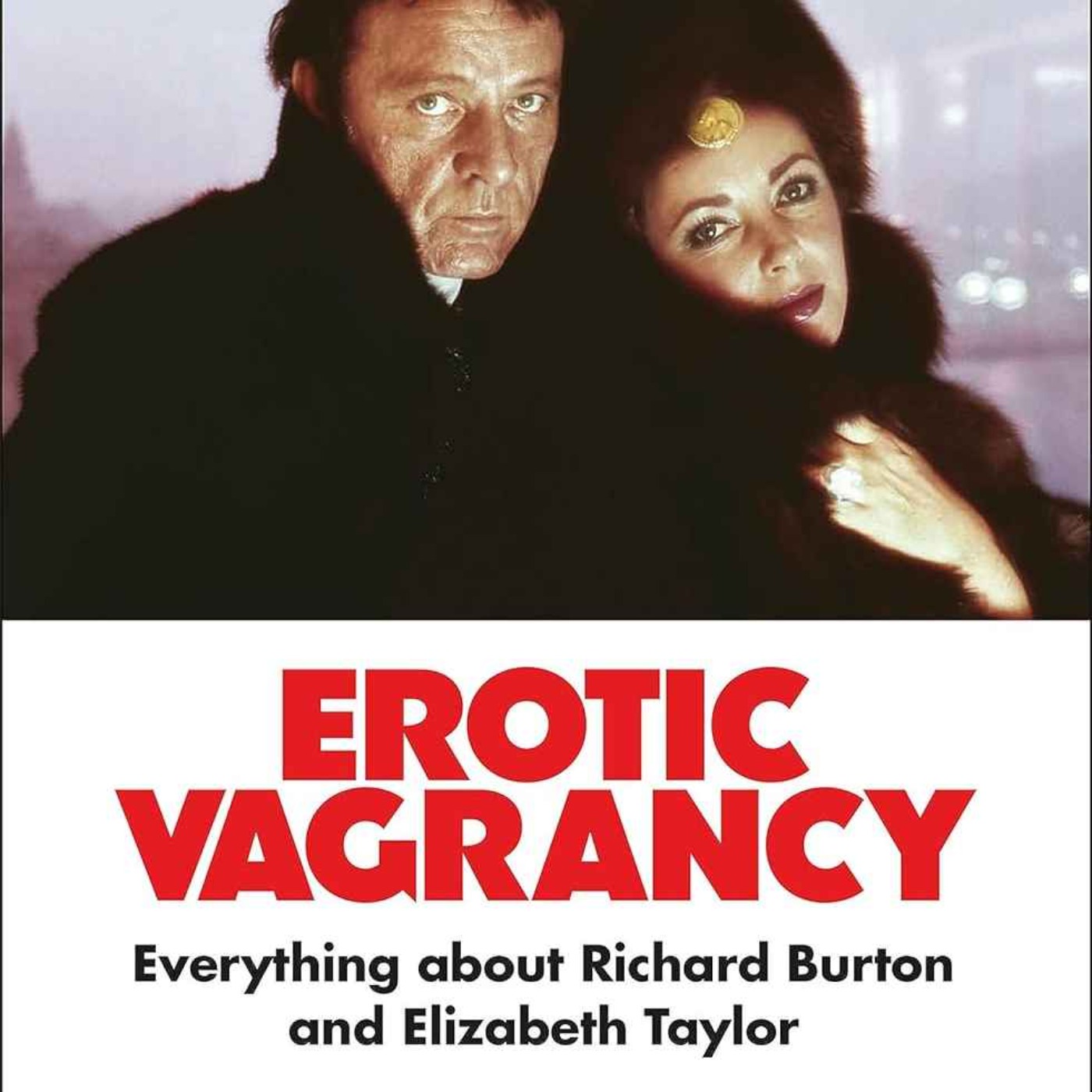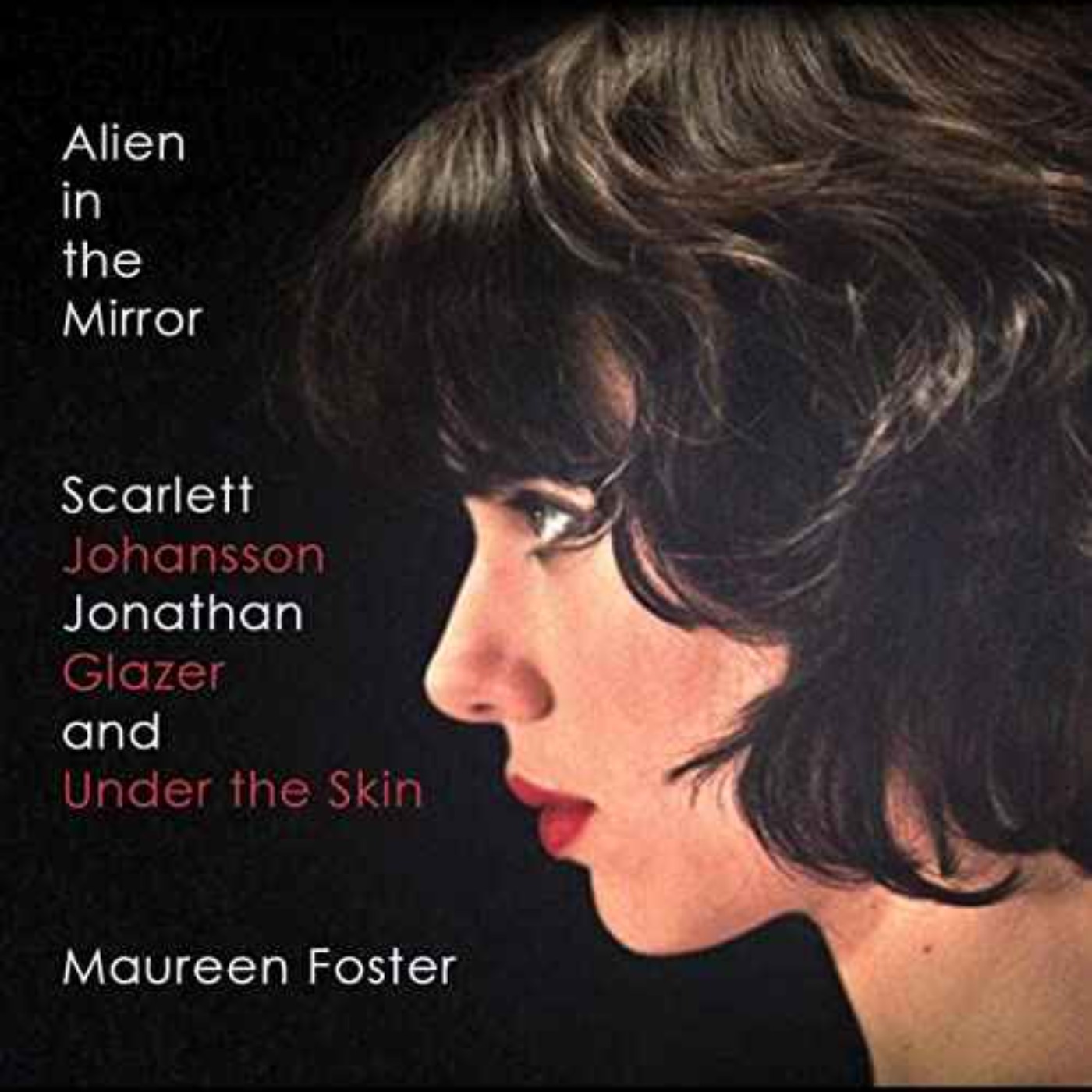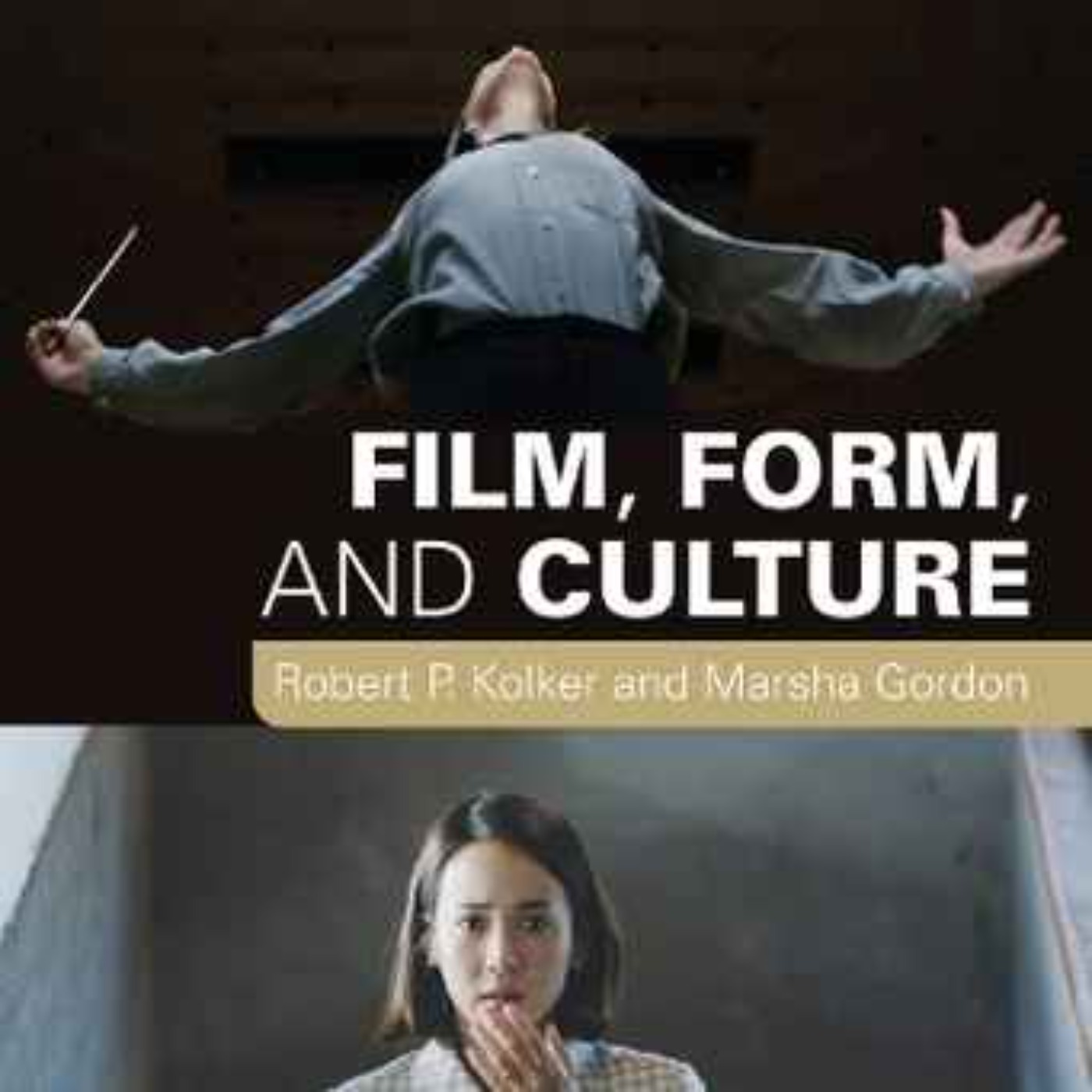Share

Writers on Film
Roger Lewis talks Erotic Vagrancy
Richard Burton and Elizabeth Taylor were a Sixties supercharged couple in an era of supercharged couples. As a pairing they were fantasy figures, impossibly desirable. Liz supple and soft, in perfumes and furs - yet with something demonic and lethal about her. Dick, in turn, with his ravaged, handsome face, looked as though lit by silver moonlight - poised to turn into a wolf. Roger Lewis uses this glamorous and damaged pair as the starting point to tell the story of an age of excess: the freaks and groupies, the private jets and jewels and the yachts sailing in an azure sea; the magnificent bad taste and greed. It is about the clash of worlds: the filth and decay of South Wales and the grandeur and elegance of Old Hollywood; the fantasies we have about film stars and the fantasies the Burtons had about each other.
More episodes
View all episodes

156. Glenn Kenny talks Al Pacino, Brian DePalma and the greatest gangster movie of the 80s
50:48The behind-the-scenes story of the iconic film, featuring new interviews with the cast and crew.An unflinching confrontation of humanity’s dark side, Brian De Palma’s crime drama film Scarface gave rise to a cultural revolution upon its release in 1983. Its impact was unprecedented, making globe-spanning waves as a defining portrait of the gritty Miami street life. From Al Pacino’s masterful characterization of Tony Montana to the iconic “Say hello to my little friend,” Scarface maintains its reputation as an unwavering game changer in cult classic cinema.With brand-new interviews and untold stories of the film’s production, long-time film critic Glenn Kenny takes us on an unparalleled journey through the making of American depictions of crime. The World Is Yours highlights the influential characters and themes within Scarface, reflecting on how its storied legacy played such a major role in American culture.
155. Maureen Foster talks Jonathan Glazer and Under the Skin
01:04:50Jonathan Glazer is now - having only made four films - one of the most important filmmakers of this century. It helps that those four films were all masterpieces and the third Under the Skin is the subject of novelist Maureen Foster's wonderful study The Alien in the Mirror: Scarlett Johansson, Jonathan Glazer and Under the Skin. For more information and to order the book go to Maureen's website by clicking here.
153. Paul Duncan on Dr. No
01:07:32Paul Duncan talks Dr. No, and the making of James Bond's first cinematic asdventure. Book now available from Taschen.
152. Ed Zwick on Hits, Flops, and Other Illusions
49:51A NEW YORK TIMES BESTSELLER * LOS ANGELES TIMES BESTSELLER * USA TODAY BESTSELLERThis heartfelt and wry career memoir from the director of Blood Diamond, The Last Samurai, Legends of the Fall, About Last Night, and Glory, creator of the show thirtysomething, and executive producer of My So-Called Life, gives a dishy, behind-the-scenes look at working with some of the biggest names in Hollywood.“I’ll be dropping a few names,” Ed Zwick confesses in the introduction to his book. “Over the years I have worked with self-proclaimed masters-of-the-universe, unheralded geniuses, hacks, sociopaths, savants, and saints.”He has encountered these Hollywood types during four decades of directing, producing, and writing projects that have collectively received eighteen Academy Award nominations (seven wins) and sixty-seven Emmy nominations (twenty-two wins). Though there are many factors behind such success, including luck and the contributions of his creative partner Marshall Herskovitz, he’s known to have a special talent for bringing out the best in the people he’s worked with, especially the actors. In those intense collaborations, he’s sought to discover the small pieces of connective tissue, vulnerability, and fellowship that can help an actor realize their character in full.Talents whom he spotted early include Brad Pitt, Matt Damon, Denzel Washington, Claire Danes, and Jared Leto. Established stars he worked closely with include Leonardo DiCaprio, Anthony Hopkins, Tom Cruise, Julia Roberts, Anne Hathaway, Daniel Craig, Jake Gyllenhaal, Bruce Willis, Demi Moore, and Jennifer Connelly. He also sued Harvey Weinstein over the production of Shakespeare in Love—and won. He shares personal stories about all these people, and more.Written mostly with love, sometimes with rue, this memoir is also a meditation on working, sprinkled throughout with tips for anyone who has ever imagined writing, directing, or producing for the screen. Fans with an appreciation for the beautiful mysteries—as well as the unsightly, often comic truths—of crafting film and television won’t want to miss it.
151. Robert P Kolker and Marsha Gordon talk Film, Form and Culture
57:17This fifth edition of Film, Form, and Culture by Robert P Kolker and Marsha Gordon offers a lively introduction to both the formal and cultural aspects of film.Additional resources for students and teachers can be found on the eResource, which includes case studies, discussion questions, and links to useful websites.Get the book HERE.
150. Neil Alcock talks Hitchcock and Hitchology
50:45MURDER! MOTHERS! MEN ON THE RUN!Film fans know these are just a few key ingredients of Alfred Hitchcock’s movies. When Hitchcock fused these elements with his innovative directorial approach, that blend of familiar themes and stylistic ingenuity became known as ‘Hitchcockian’. In a refreshingly original way, HITCHOLOGY considers how Hitchcock used these narrative tropes and formal flourishes to create some of cinema’s most unforgettable experiences.Alongside unique takes on every film and TV episode Hitchcock directed, HITCHOLOGY also examines his collaborators, his cameos, other films in the Hitchcock cinematic universe, and more. Passionately written with wit and warmth, HITCHOLOGY is an accessible introduction for newcomers to Hitchcock, and an insightful companion for devoted fans.Buy the book HERE.
149. Oscar Winning Screenwriter Bruce Rubin talks about his Life
01:06:48Bruce Joel Rubin is the Oscar winning screenwriter of Brainstorm, Ghost and Jacob's Ladder among others. His memoir It's Only a Movie is availbale here. And his book Three Visionary Screenplays is also available via this link.
148. Christian Esquevin talks Designing Hollywood
46:59Since the 1920s, fashion has played a central role in Hollywood. As the movie-going population consisted largely of women, studios made a concerted effort to attract a female audience by foregrounding fashion. Magazines featured actresses like Jean Harlow and Joan Crawford bedecked in luxurious gowns, selling their glamour as enthusiastically as the film itself. Whereas actors and actresses previously wore their own clothing, major studios hired costume designers and wardrobe staff to fabricate bespoke costumes for their film stars. Designers from a variety of backgrounds, including haute couture and art design, were offered long-term contracts to work on multiple movies. Though their work typically went uncredited, they were charged with creating an image for each star that would help define an actor both on- and off-screen. The practice of working long-term with a single studio disappeared when the studio system began unraveling in the 1950s. By the 1970s, studios had disbanded their wardrobe departments and auctioned off their costumes and props. In Designing Hollywood: Studio Wardrobe in the Golden Age, Christian Esquevin showcases the designers who dressed Hollywood's stars from the late 1910s through the 1960s and the unique symbiosis they developed with their studios in creating iconic looks. Studio by studio, Esquevin details the careers of designers like Vera West, who worked on Universal productions such as Phantom of the Opera (1925), Dracula (1931), and Bride of Frankenstein (1931); William Travilla, the talent behind Marilyn Monroe's dresses in Gentleman Prefer Blondes (1953) and The Seven Year Itch (1955); and Walter Plunkett, the Oscar-winning designer for film classics like Gone with the Wind (1939) and An American in Paris (1951). Featuring black and white photographs of leading ladies in their iconic looks as well as captivating original color sketches, Designing Hollywood takes the reader on a journey from drawing board to silver screen.